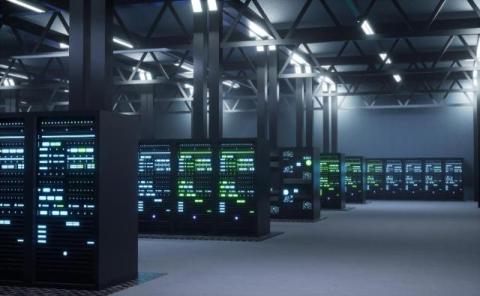OT Security Challenges and Solutions for Critical Infrastructure Protection
Critical infrastructure systems, such as power plants, water treatment plants, transportation networks, and factories, depend on operational technology (OT) to work. OT systems are meant to handle physical devices and processes, while traditional IT systems are mostly concerned with keeping data and information safe. Because of this main difference, OT security is very hard, especially since OT networks are becoming more and more linked to IT networks, which makes them more open to cyber dangers.








